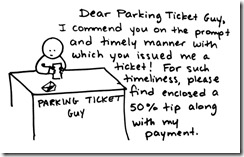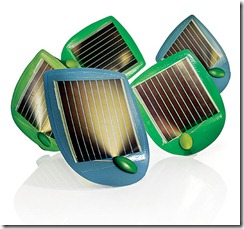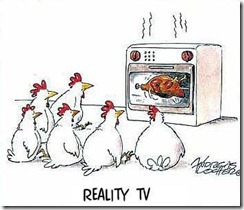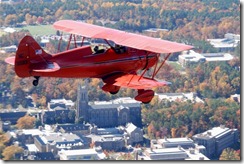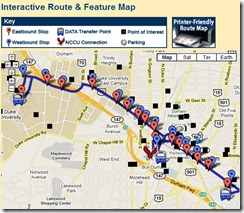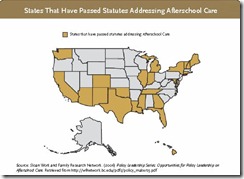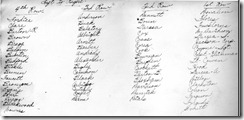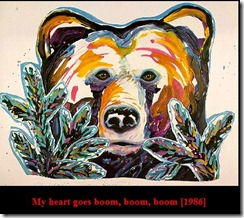Glenn Beck pontificating about American values got me thinking about re-routing my dream to one day ride my Harley-Davidson Cross Bones the 2,000+ miles across the United States from my home in Durham, North Carolina to visit my daughter in Salt Lake City, Utah.
This year seems particularly intriguing because it is the 100th anniversary of the death of author Mark Twain known to his friend, my great-great grandfather Thomas K. Messersmith as “Sam Clemens.” They were born a year apart in Missouri about 175 years ago.
When they were age 5 or so, (same as my youngest grandson is now) the governor of Missouri issued an “extermination” order on people like Glenn Beck.
“Extermination” sure puts Arizona in perspective, right Glenn?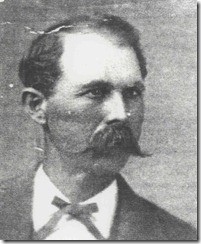
Observers, including kids that age, would notice 10,000 people, stripped of their property, fleeing through the cold, rainy and snowy countryside across the frozen Mississippi River just north of Hannibal to the safe harbor and kindness of citizens of Quincy, Illinois.
Puts “Sanctuary City” in perspective, doesn’t it Glenn?
The people who had been ordered “exterminated” were close-knit Christians. But they were different. Missourians, then pro-slavery (an American value at the time, Glenn,) wanted to exterminate these people because they were mostly either immigrants and/or northern abolitionists.
Prior to the order to exterminate, they had already experienced mob violence such as tar and featherings, beatings, rapes, destruction of homes and barns and after the order, a massacre of 18 men, women and children.
It made no difference that many of these people marked for “extermination” came from families who had been Americans since the early 1600s and had fought and died for Independence. They were different and insular. They were members of The Church of Jesus Christ of Latter-Day-Saints, nicknamed Mormons.
By the 1860 census, my great-great grandfather had left Missouri for Virginia City, Nevada as a 25 year old miner in the gold rush. Mark Twain joined him there as a partner, after stopping in Utah to visit those same Mormons who had eventually been forced to flee Illinois as well. Twain mentions my great-great grandfather in several letters home.
When they didn’t strike it rich, Thomas joined the Union Army and served in the cavalry 3rd California Volunteers during the Civil War under General Patrick O’Connor (saving the General’s life in one skirmish) guarding the Central Overland Mail Route and peacekeeping between settlers and Native American Tribes like the Shoshone. This is the route previously made famous for a brief time by the Pony Express but operating then as a Wells Fargo Stagecoach route on which another of my great grandfathers was later a driver and on which Twain had made his way to Nevada.
And Mark Twain, well he went on to be Mark Twain. I’m not sure he and Thomas stayed in touch. When the war ended, my great-great grandfather settled near Cedar Fort, Utah between Utah Lake and the Oquirrh (Oker) Mountains, 45 miles south of Salt Lake City. Like Glenn Beck, he became a member of the Mormon Church in agreement with his soon-to-be wife.
But different than the gregarious Twain, Thomas Messersmith (also called Tom Smith and Tom M. Smith both by Twain and in subsequent census) remained a loner much of his life, preferring to be out herding sheep, especially after his wife died. His youngest son Ralph was my mother’s maternal grandfather.
On my planned motorcycle trip west, I think I’ll skip Missouri and cut north along the Mississippi after crossing Kentucky, carving along the edge of Illinois and then following The Mormon Pioneer National Historic Trail for the remainder of the trip across Iowa, Nebraska and Wyoming.
I had three ancestors on the first or vanguard wagon train of 147 people and 72 wagons in 1846-47 that cut the trail more than 1,000 miles west so nearly 70,000 others could follow over a 20 year period.
Charles A. Harper, a carriage maker, served as a wheelwright and mechanic, keeping a journal of which I have a photocopy. Two others included Charles Shumway, a captain of ten and his son Andrew.
Still another ancestor, Sebert Shelton, along with 500 others, answered the call of their country and enlisted instead in the Mormon Battalion, heading south and west to serve in the war with Mexico. You can’t say these folks weren't loyal and resilient.
I was raised in and have a deep regard for that culture and its place in my heritage, even though it hasn’t been an active part of my life for nearly 40 years now. But I don’t agree with how far right wing many members of that faith seem today. Nor do I agree with most of Glenn Beck’s inflammatory and often hypocritical rhetoric.
To me both would do well to remember with humility those people of the same faith who endured that dark period in history and hopefully become much more tolerant and accepting of other people who are different.
Now, Glenn, that's an American value to which you really do need to return!

